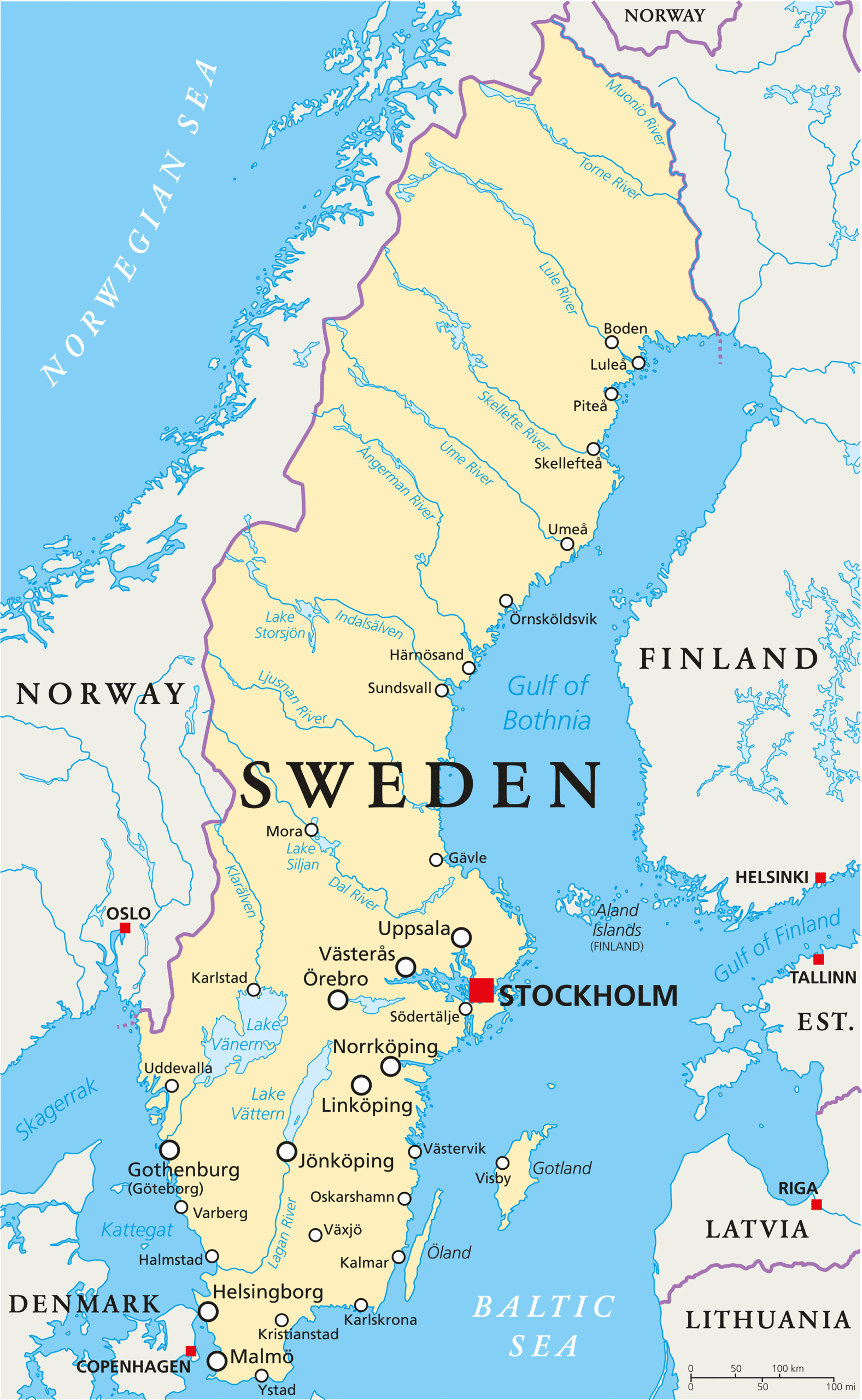Sweden’s parliament is called the Riksdag. It has approved the government’s proposals for providing state funds to companies that want to invest in new nuclear reactors in the country. The new law will enter into force later in 2025.
In October 2022, Sweden’s incoming center-right coalition government adopted a positive position towards nuclear energy. In November 2023, it revealed a roadmap which envisages the construction of new nuclear generating capacity equivalent to at least two large-scale reactors by 2035, with up to ten new large-scale reactors coming online by 2045.
In a bill submitted to parliament on the 27th of March this year, the Swedish government proposed a new law regarding state support for nuclear power investments. The bill would provide state loans to finance new reactors as well as a contract-for-difference power price mechanism.
The loans are intended to lower the cost of financing new nuclear projects. Individual loans will be limited to the equivalent of four large-scale reactors (about five thousand megawatts of capacity). The government pointed out that support may only be granted if the new reactors are located at the same location and have a total installed output of at least three hundred megawatts. The two-way Contracts for Difference may be entered into when a new reactor has become operational and has been licensed to produce electricity at full capacity.
The parliament has now approved the government’s proposal. The new bill on state aid enters into force on the 1st of August of this year. Interested companies may apply for the aid after that date.
Niklas Wykman is the Swedish Minister for Financial Markets. He said “This is a historic announcement that takes responsibility for public financing and taxpayers’ money when we enable actors to build new nuclear energy. An expansion of nuclear power is expected to result in greater price stability and lower system costs, which helps households as well as businesses. With new nuclear reactors, we are paving the way for higher growth, more jobs and better conditions to achieve the climate transition.”.
The government appointed Mats Dillén in December 2023 to draft and submit proposals for models for financing and risk sharing for the construction of new nuclear power reactors. According to the mandate, the proposed models must be designed so that nuclear power with a total output of at least two thousand five hundred megawatts (equivalent to the output of two large-scale reactors) must be operational by 2035 at the latest.
Dillén presented the findings of his study in August of 2024. His report said that the investigation “identified conditions which give rise to a discrepancy between a private investor’s business case for new nuclear power and the socioeconomic equivalent. It is concluded that efficiency reasons give a rationale for the state to support investments in nuclear power”.
His proposed financing and risk sharing model consists of three main parts that lead to a lower cost of capital that facilitates new investments in nuclear power at a low cost. The sections of the report include state loans to finance investments in new nuclear power, which lowers the cost of capital; a two-way contract-for-difference signed between the state and the nuclear power producer; and a risk and gain-share mechanism that gives investors a minimum return on equity.


Leave a Reply